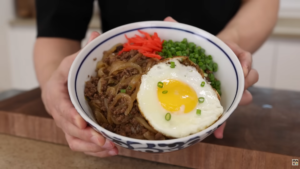Happy New Year! It’s 2024, the Year of the Dragon in the lunar calendar! In Japan, this auspicious year brings a touch of mythical charm. As the dragon takes the spotlight, a sense of excitement and renewal is in the air, promising a year of positive change and fresh beginnings!
Table of Contents
ToggleWhy is the Year of the Dragon important in Japan?
The Year of the Dragon, known as “tatsu-doshi” in Japan, holds cultural significance in the country, where it is revered as a water god. This mythical creature is associated with health, energy, bravery, and trustworthiness. In the lunar calendar, the Dragon is the only imaginary creature considered an auspicious symbol.
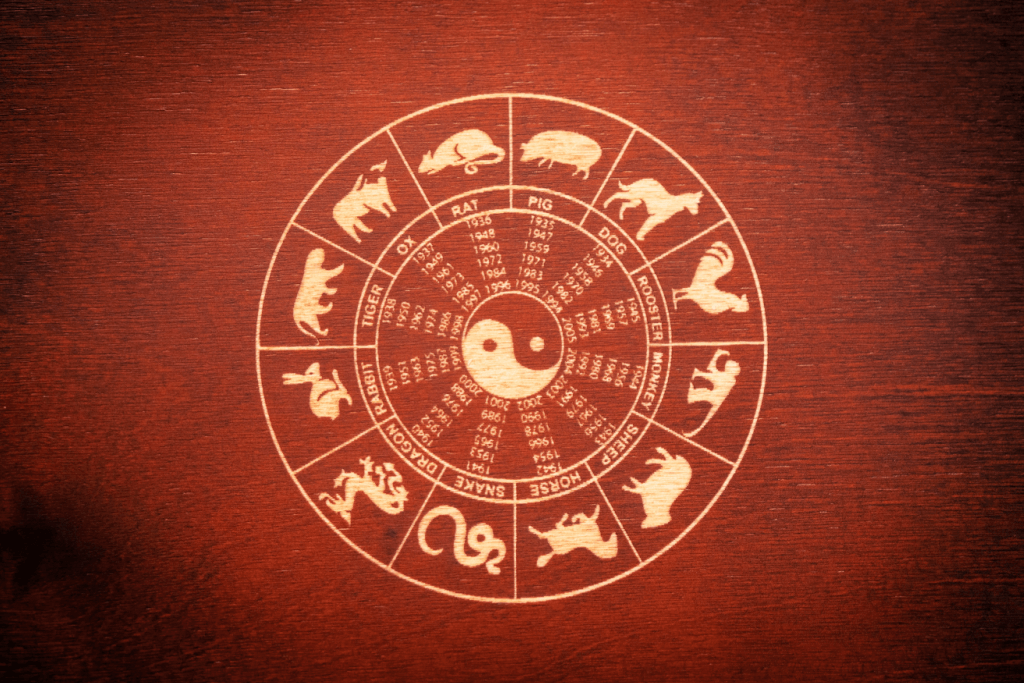
Generally, people born in the Year of the Dragon may possess unique characteristics, and the year itself is famous for themed displays, traditional festivals, and unique kanji. The Year of the Dragon is a time of cultural celebration and reflection on this symbolic creature’s powerful and enigmatic nature! That said, let’s take a trip through Japanese history and look at previous years of Japan!
1964: Tokyo Summer Olympics
The 1964 Tokyo Summer Olympics was a significant event that symbolized Japan’s rebirth after World War II. The Games, which took place 19 years after the war, displayed Japan’s progress and reemergence on the world stage. However, the Olympics were held in October instead of August to avoid the famous sweltering summer heat and the September typhoon season in Tokyo.
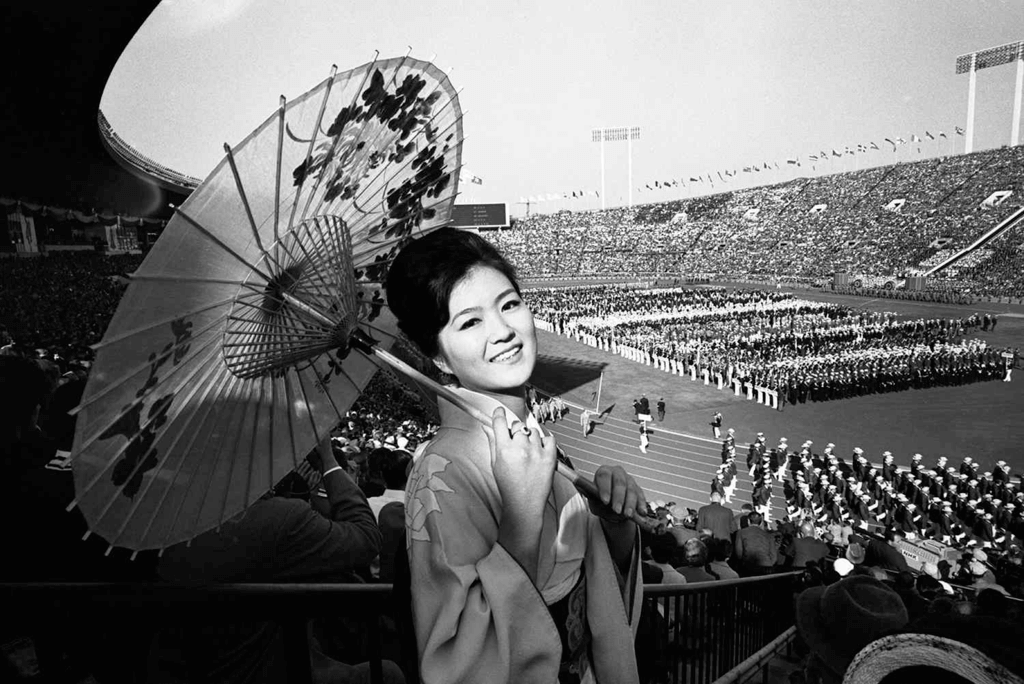
The event succeeded because it showcased Japanese technology to the world, namely the bullet train. Moreover, landmark initiatives were accelerating for the city of Tokyo. The 1964 Games was the first broadcast worldwide, marking Japan’s transformation from a war-torn nation to an ultramodern megalopolis. Additionally, Japan’s performance in the 1964 Olympics was remarkable.
Overall, the Games led to the formation of sports development programs. They also enabled the country’s athletes to win more medals than any previous Games. This achievement marked a significant milestone in Japan’s history, signifying its miraculous recovery from the devastation of the war.
1976: Ali vs Inoki boxing match
The legendary 1976 boxing match took place at the Tokyo Nippon Budokan arena. It was between heavyweight boxer Muhammad Ali and professional wrestler Antonio Inoki. The match was billed as “The War of the Worlds.” Because of their star powers, they drew over 70,000 fans and an audience of 1.4 billion people worldwide. The event was undoubtedly a landmark in sports history.
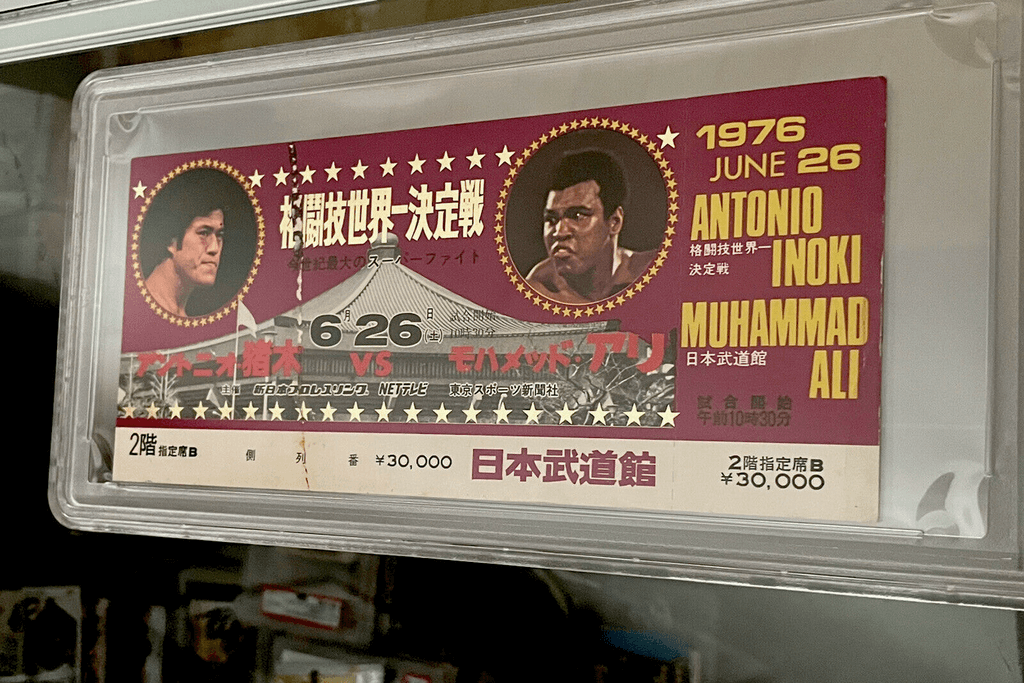
In summary, the fight ended in a 15-round draw, a hybrid contest with special rules. Inoki, a wrestler, targeted Ali’s legs with a series of kicks while Ali struggled to land significant strikes. As a result, the match was a significant event in combat sports history and was one of the first to feature mixed martial arts.
Are you looking for amazing snacks in the Year of the Dragon? Check out Sakuraco! Sakuraco delivers traditional Japanese snacks, teas, and sweets from local Japanese makers directly to your door so you can enjoy the latest delicacies directly from Japan!
1988: Tokyo Dome complete
The Tokyo Dome, the first all-weather stadium with a roof in Japan, was completed in 1988. This is because it has an air-membrane structure reinforced with low-profile cables, and its roof is made of glass fiber cloth with a translucent Teflon coating.
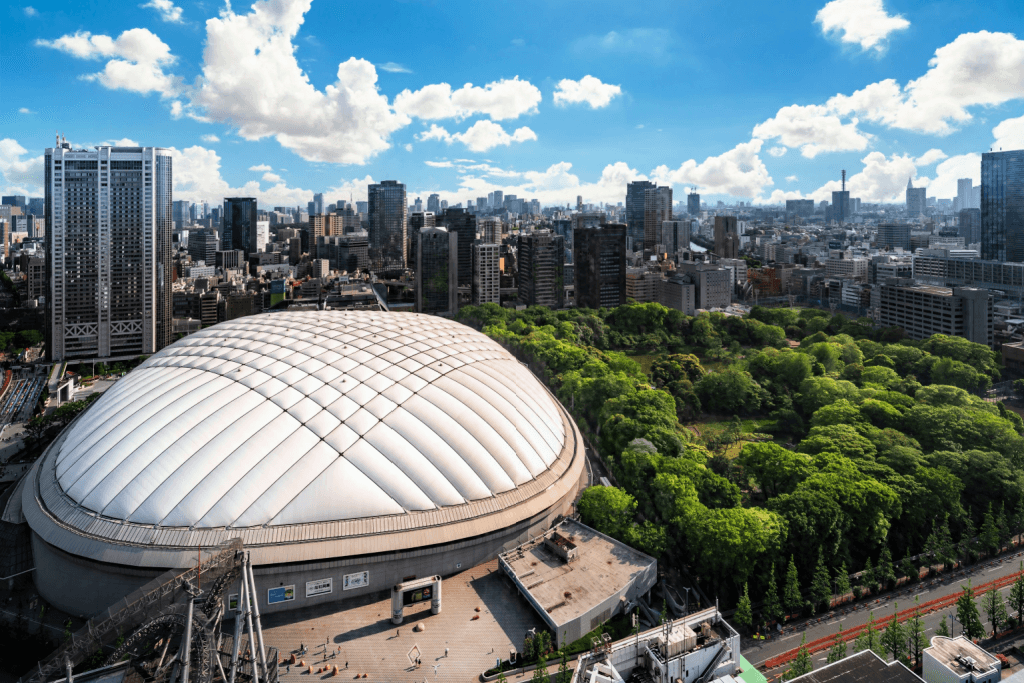
Not to mention, the stadium, which has a seating capacity of around 62,000, can accommodate a variety of events. Generally, the completion of the Tokyo Dome marked a significant addition to the cultural and sports infrastructure of Tokyo, Japan, and it has since become an iconic venue for various events and performances
2000: Bank of Japan 2,000 yen notes released
The 2,000 yen banknote was first issued on July 19, 2000. It was to commemorate the 26th G8 summit in Okinawa and the end of the millennium. The reverse side of the note features the Shureimon gate, which is part of the Shuri Castle in Okinawa. The reverse side features a portrait of author Murasaki Shikibu. It also has a scene from her novel, The Tale of Genji.
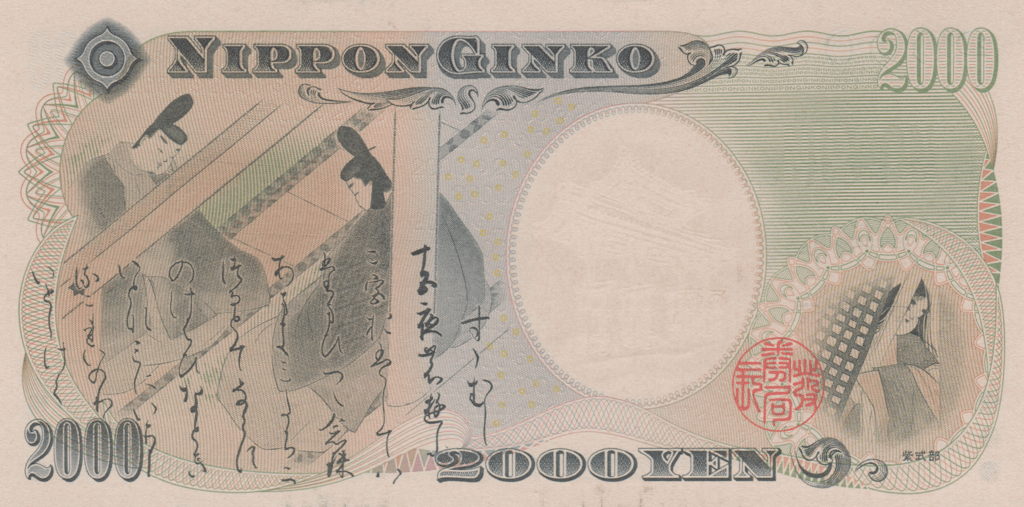
Generally, the note is 154 mm long and 76 mm wide. The 2,000 yen note has several security features. These include color-shifting ink, intaglio printing, latent imaging, luminescent ink, microprinting, pearl ink, tactile printing, and a watermark. Unfortunately, the note is rare and unsuitable for vending and ticket machines. However, it is still usable in shops. Some people have found it challenging to come across in Japan, while others have found it more common in Okinawa.
2012: Tokyo Skytree complete
The Tokyo Skytree’s construction finished on Leap Day, February 29, 2012, and opened to the public on May 22, 2012. It stands at a staggering height of 634 meters, making it the tallest structure in Japan and the world’s second-tallest structure. The tower also features a neo-futuristic design and is the centerpiece of a multilevel urban development, Tokyo Skytree Town. Not to mention, it includes a large shopping center, an aquarium, a planetarium, and a 31-story office building.
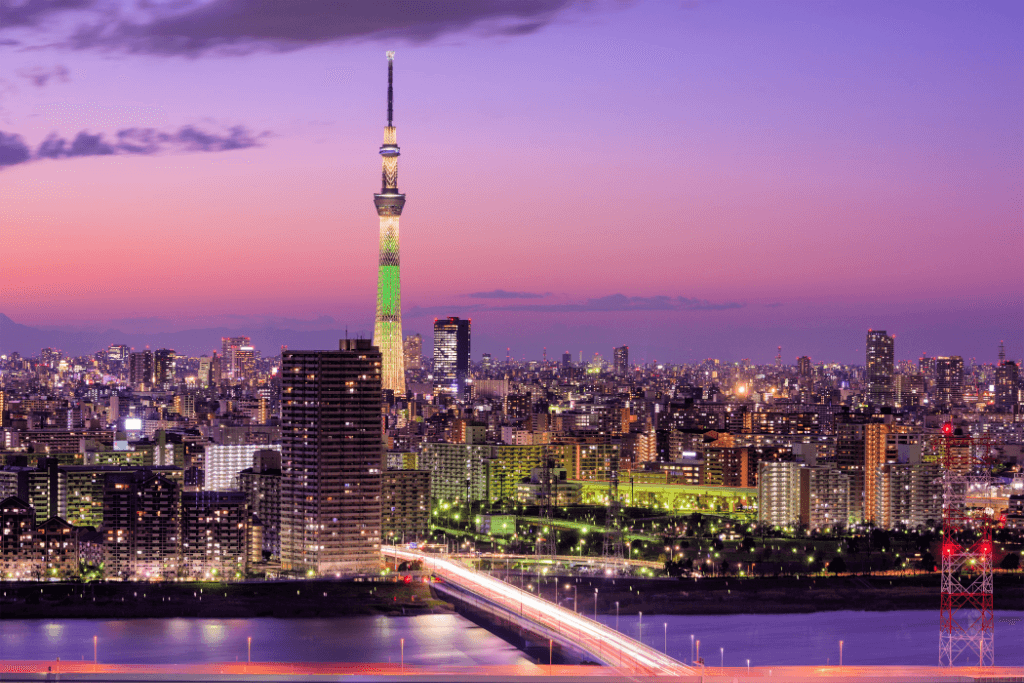
However, the tower’s construction posed substantial technical challenges, but its main purpose was safety from earthquakes, given Japan’s seismic activity. Completing the Tokyo Skytree was a significant milestone in Japan’s architectural and engineering landscape!
How can I celebrate the Year of the Dragon?
Overall, there are countless ways to celebrate and embrace the mythical energy it brings. Consider exploring traditional Japanese festivities, such as participating in local dragon-themed events, attending cultural festivals, or savoring special meals with family and friends.
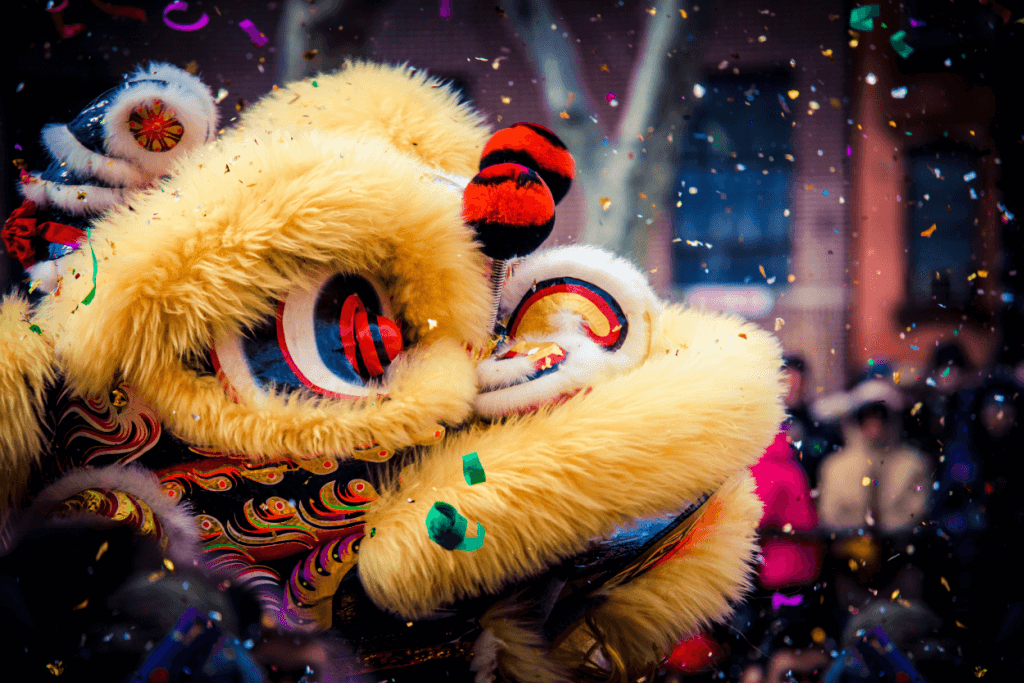
Engaging in activities that symbolize renewal and positive change, like setting personal goals or trying something new, can also align with the dragon’s spirit! So, how do you plan to celebrate the Year of the Dragon? Share your ideas and join the conversation – let’s make this year a celebration to remember!





